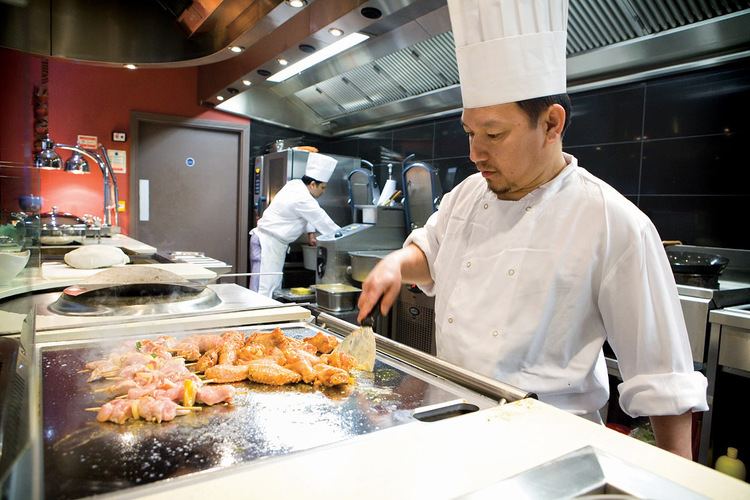This is a list of cooking techniques. Cooking is the art of preparing food for ingestion, commonly with the application of heat. Cooking techniques and ingredients vary widely across the world, reflecting unique environmental, economic, with cultural traditions and trends. The way that cooking takes place also depends on the skill and type of training an individual cook has.
This is an comprehensive list of cooking techniques, and includes techniques that are unique to various countries, provinces, states, regions and cultures.
(Text) CC BY-SA

